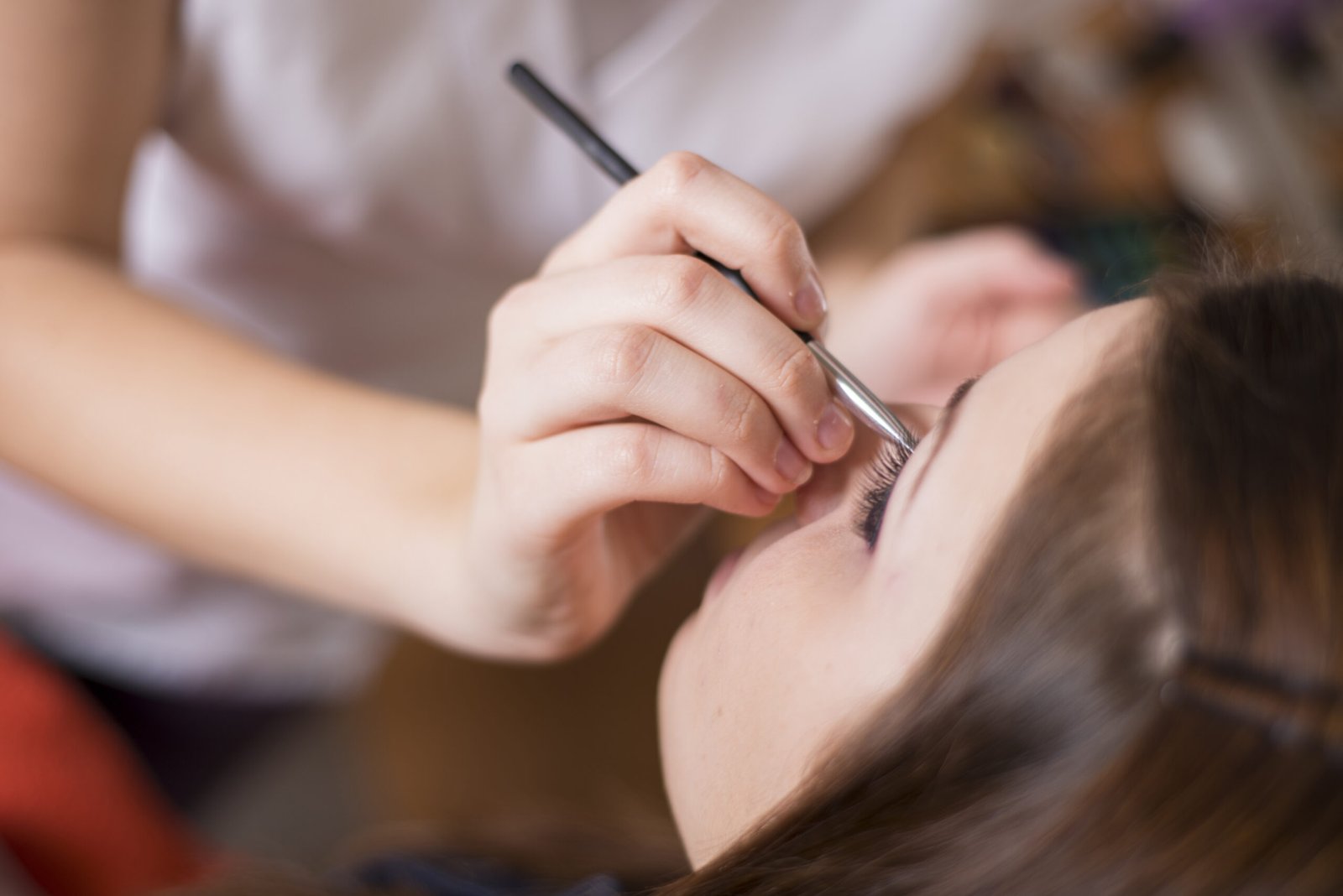Acne is one of the most common skin problems that affect people of all ages. It’s not just teenagers who suffer from acne; adults can also experience breakouts well into their 30s, 40s, and even 50s. There are many myths surrounding acne, including the idea that it’s caused by a fungus. In this blog post, we’ll debunk that myth and explore other potential causes of acne, as well as effective treatments for clearing up your skin.
One of the most common misconceptions about acne is that it’s caused by a fungus. However, this isn’t actually true. While some types of fungi can cause skin infections, they don’t typically result in the kind of inflamed bumps and pimples associated with acne. Instead, acne is usually caused by a combination of factors, including genetics, hormones, stress, diet, and lifestyle choices.
So what does cause acne? One major factor is excess oil production in the skin. When sebum (oil) builds up on the surface of the skin or gets trapped inside pores, it creates an environment where bacteria can thrive. This leads to redness, swelling, and sometimes scarring. Another contributing factor is clogged pores, which occur when dead skin cells and dirt get stuck in the follicles. This can lead to blackheads, whiteheads, and other forms of acne.
Now that you know more about what causes acne, let’s talk about how to treat it effectively. There are several options available, ranging from over-the-counter products to prescription medications. Here are five popular methods:

1. Benzoyl peroxide – A powerful antibacterial agent found in many OTC face washes and creams.
2. Salicylic acid – Helps exfoliate dead skin cells and unclog pores.
3. Retinoids – Vitamin A derivatives that promote cell turnover and reduce inflammation.
4. Antibiotics – Oral or topical medications that kill off acne-causing bacteria.
5. Hormonal therapy – For women, birth control pills or other hormone-based drugs may help regulate hormones that contribute to acne.
In addition to these treatments, there are also natural remedies like tea tree oil, aloe vera gel, and apple cider vinegar that may be helpful for reducing acne symptoms.
Finally, let’s compare acne vs rosacea, another common skin condition. Both conditions involve facial redness and blemishes, but they have different underlying causes and require different treatment approaches. Rosacea is often characterized by flushing, visible blood vessels, and raised bumps called papules. It tends to affect middle-aged individuals and has no known cure, although certain medications can help manage symptoms. On the other hand, acne is primarily a problem of blocked pores and excess oil production, and can affect people of any age. Treatment focuses on reducing oil production, killing off bacteria, and removing dead skin cells.
